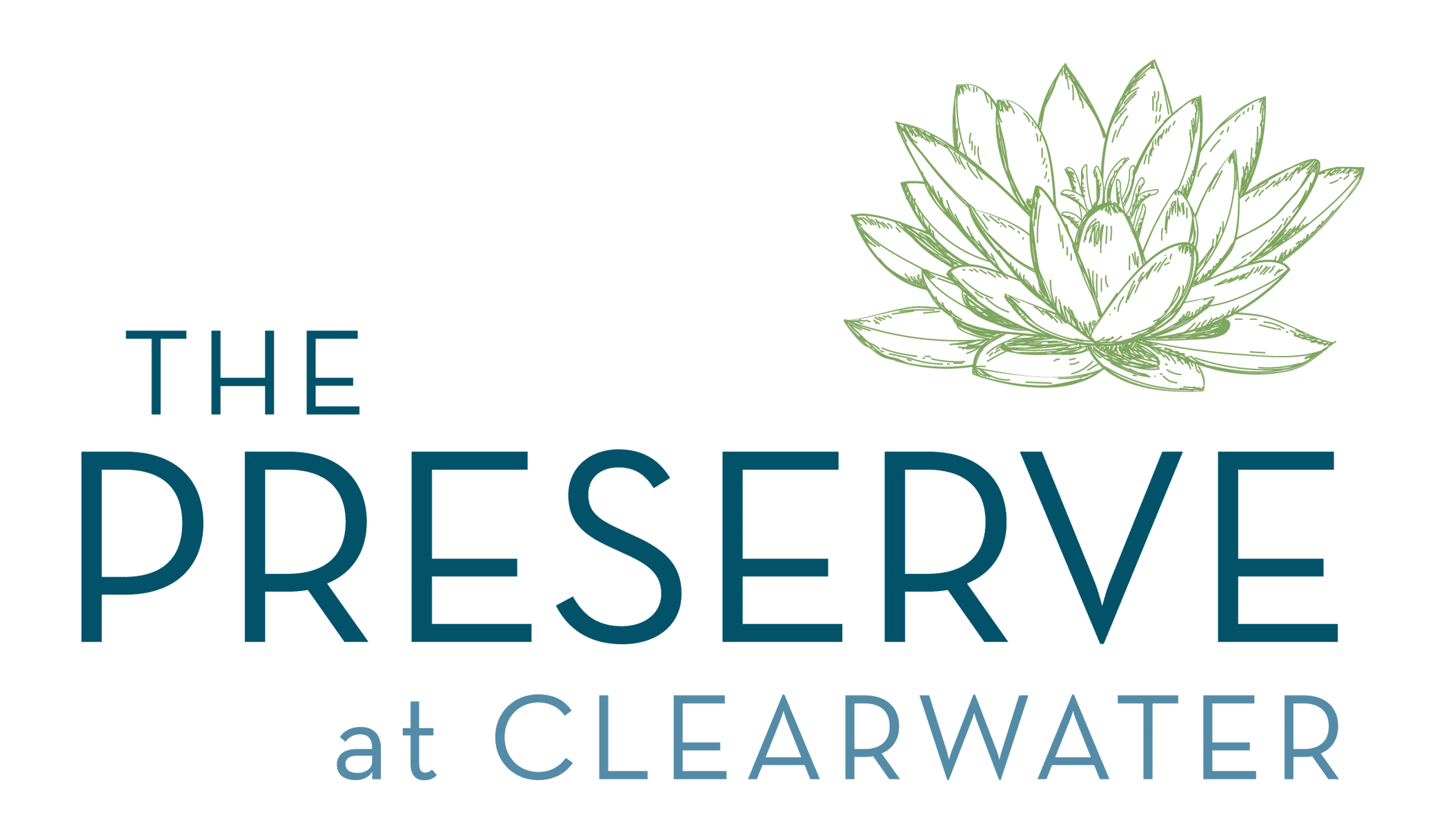
High blood pressure, or hypertension, is a major health problem that is common in older adults. Your body’s network of blood vessels, known as the vascular system, changes with age. Arteries get stiffer, causing blood pressure to go up. This can be true even for people who have heart-healthy habits and feel just fine. High blood pressure, sometimes called “the silent killer,” often doesn’t cause signs of illness that you can see or feel. Though high blood pressure affects nearly half of all adults, many may not even be aware they have it.
If high blood pressure isn’t controlled with lifestyle changes and medication, it can lead to serious health problems, including cardiovascular disease (such as heart disease and stroke), vascular dementia, eye problems, and kidney disease. The good news is that blood pressure can be controlled in most people.
What is blood pressure?Blood pressure is the force of blood pushing against the walls of arteries as the heart pumps blood. When a health care professional measures your blood pressure, they use a blood pressure cuff around your arm that tightens and then gradually loosens. The results are given in two numbers. The first number, called systolic blood pressure, is the pressure caused by your heart contracting and pushing out blood. The second number, called diastolic blood pressure, is the pressure when your heart relaxes and fills with blood.
A blood pressure reading is given as the systolic blood pressure number over the diastolic blood pressure number. Blood pressure levels are classified based on those two numbers.
To learn about the types of blood pressure levels, and how you can help control your blood pressure, from the National Institute on Aging, CLICK HERE.

